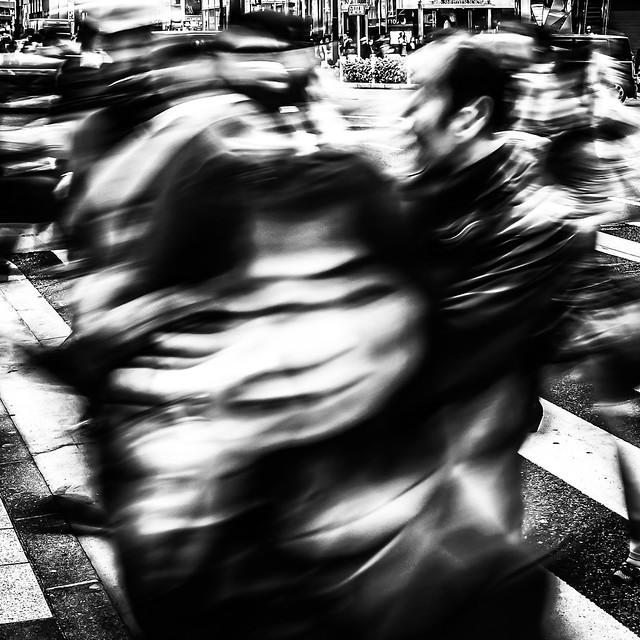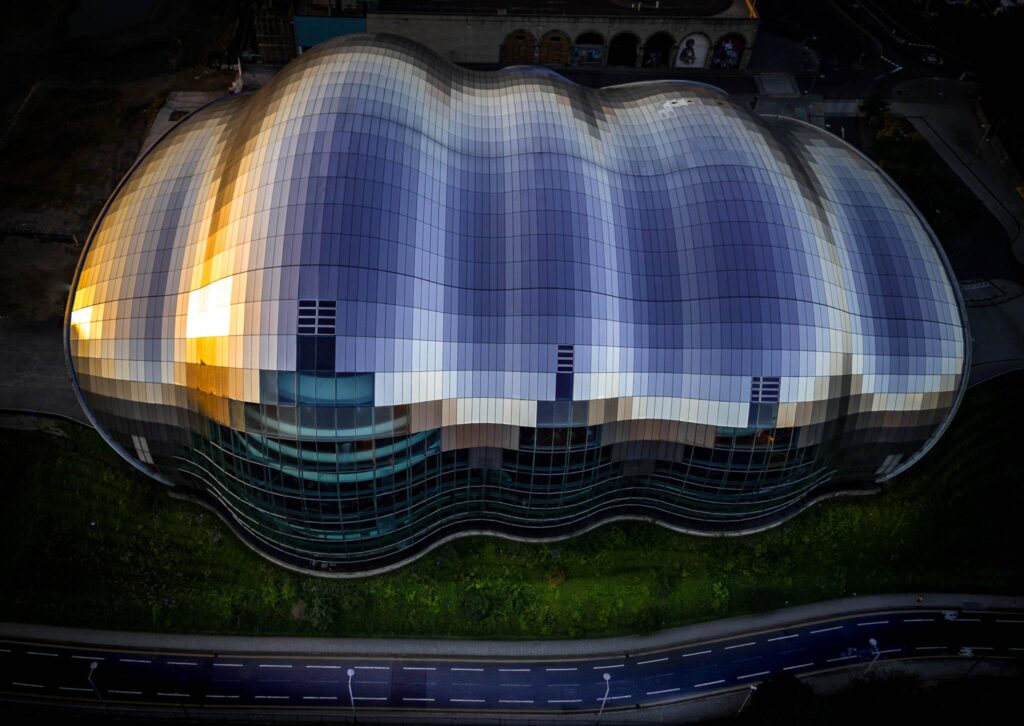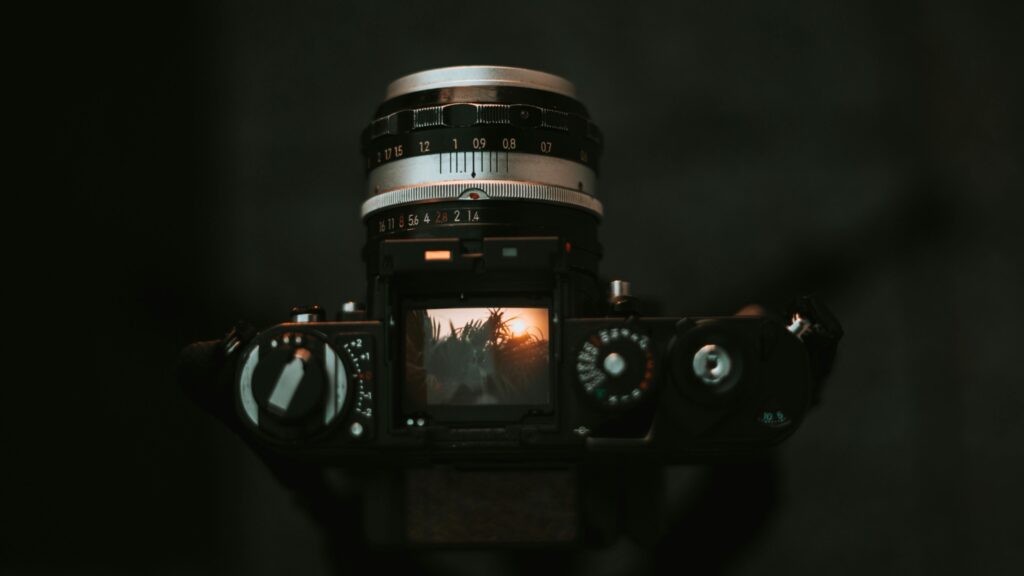No matter how good a photographer you are, blurry photographs will happen. It's an undeniable fact of every photographer’s life. Professional photographers understand how and why blurry pictures occur, and do everything in their power to keep it in check. Beginners need to remember a couple of things to avoid blurry photos. At the moment, the only thing that you need to know is that blur is created by motion or by optics. Let's look at why blurry images occur and the solution in each case.
1. Motion Blur Due to Camera Shake
This is the most common way to get a blurry picture, no doubt about it. Using a slow shutter speed causes even slight camera motion to cause blurry photos. A fast shutter speed freezes motion despite camera shake when shooting hand-held. The rule of thumb is that your minimum shutter speed needs to be 1/focal length. That means, for a 50mm lens you need at least 1/50 shutter speed. Bear in mind that 50mm lens on APS-C sensor is actually equal to 80mm equivalent focal length, so your shutter speed should be at least 1/80.
Another thing that can aid you in avoiding motion blur due to camera shake is image stabilization. It is essentially countering the camera shake in order to reduce motion blur. This can allow you to shoot with slower shutter speeds than those calculated from the previously mentioned rule of thumb. However, keep in mind that if your subject moves, there is nothing you can do to counter that if you are using slow shutter speeds, which brings us to #2.
2. Motion Blur Due to Subject Motion
As mentioned before, if your subject is moving you need to counter that with a faster shutter speed. If you want your subject frozen completely that is. If you want your subject frozen but your background not that much, you can use panning (this works for moving subjects like cars, bikes and such). This is essentially tracking the subject while the background gets blurred due to the motion. If the shutter speed isn’t an option, flash can always save you. Syncing your flash to the second curtain will allow you to use longer shutter speeds to accumulate light for the background and then the flash will light up and freeze your subject.
 Photo by damonjah
Photo by damonjah
3. Blurry Background
Most of you would know the issue here. Does the word ‘bokeh' ring a bell? Larger aperture and shorter distance to subject equals blurry background because it is out of focus (optics blur this time, not motion). If you want everything in focus, increase your f-stop number. It will restrict light hitting the sensor, meaning really longer shutter speeds, but you’ll have enough depth of field to have almost everything in focus.
 Photo by Jonathan Kos-Read
Photo by Jonathan Kos-Read
4. Blurry Images Due to Missed Focus
Lenses have to focus on the subject in order to capture it sharp. Cameras tell the lens where to focus and the lens executes the order. Lenses don’t usually miss, but cameras do. If your camera doesn’t focus where you want it to focus, set your camera to single-point focus and manually aim at the place you want to focus, then snap the photo. In rare cases, the lens can get misaligned due to wear and tear or mechanical hits. When this happens, the lens focuses a bit further or a bit back from the location the camera is told to focus at. This can only be fixed if you have your lens recalibrated.
5. Blurry Images Due to Mist and Fog
Weather conditions can affect your image sharpness. If your subject is a bit far away, air humidity will make your image softer. If there is fog or mist, it will make the image blurry. This also affects the color vibrancy and color accuracy. What you can do here is either get closer to the subject, so there is less air particles between you to affect the optical quality, or wait for the weather to get better. If you are heading to a place with different temperature, say, from really cold to quite warm, your lens can condensate thus get misted up. If you don’t notice it, you might think that your lens is broken. All you can do here is wait for the lens to acclimate, wipe out the water on the lens glass and you are set.

6. High ISO Detail Loss
If you bump your ISO too high and photograph, the sensor will generate great amount of noise. No matter how good the optical quality of your lens is, the noise can eat up the details. The only solution here is to lower the ISO value and gain light some other way, either by opening up your aperture or using longer shutter speeds. This effect might get worse if you use bad noise reduction plugins.
 Photo by pfala
Photo by pfala





2 Comments
Also blurry images from smudges on the lens.
Also diffraction if aperture is too small